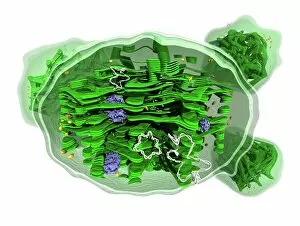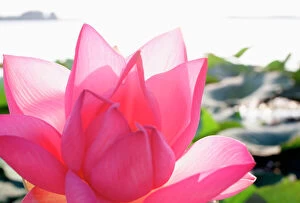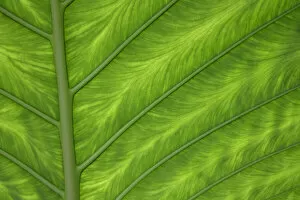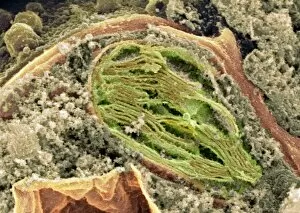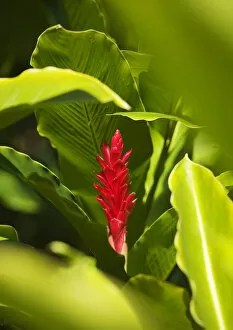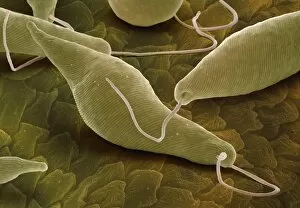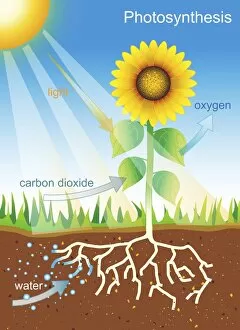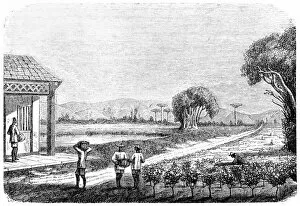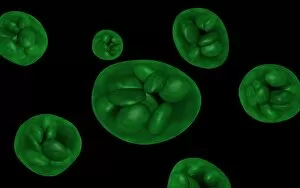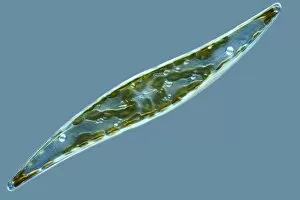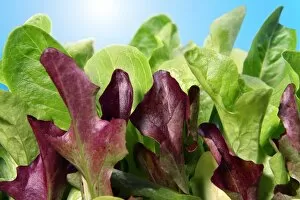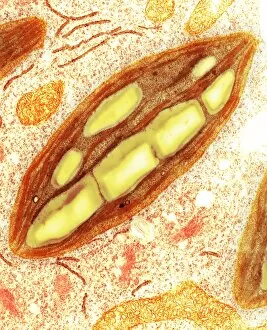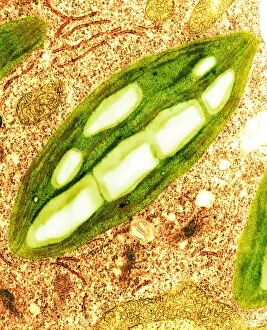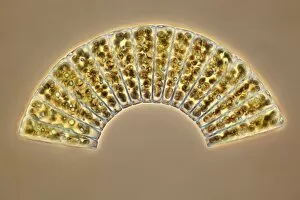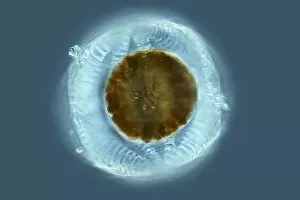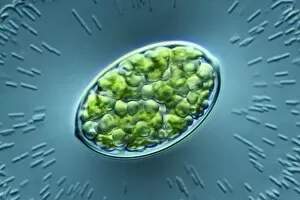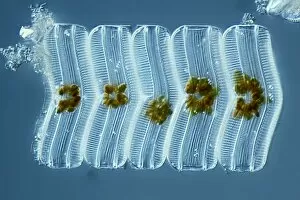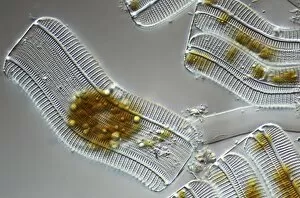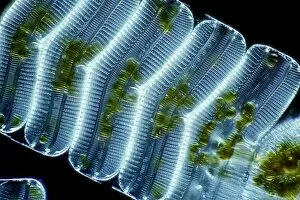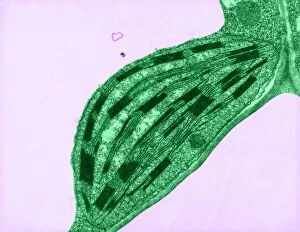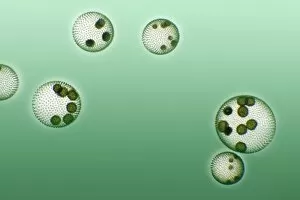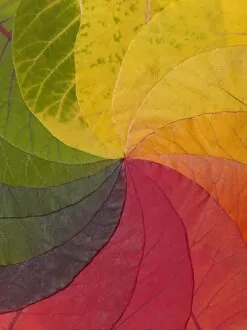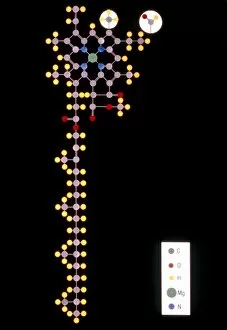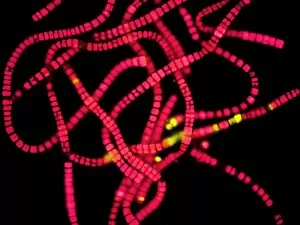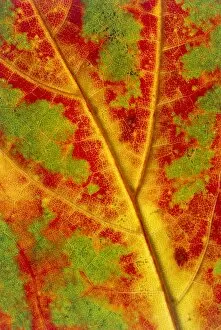Chlorophyll Collection
Chlorophyll, the vibrant green pigment found in plants and algae, is a fascinating molecule that plays a crucial role in photosynthesis
For sale as Licensed Images
Choose your image, Select your licence and Download the media
Chlorophyll, the vibrant green pigment found in plants and algae, is a fascinating molecule that plays a crucial role in photosynthesis. Within the chloroplast structure, this remarkable compound absorbs sunlight and converts it into energy for plant growth. As if painted by an artist's brush, the lotus flower blooms gracefully in Mantova, Italy, showcasing its mesmerizing shades of pink against a backdrop of lush green leaves. Underneath a scanning electron microscope (SEM), we witness the intricate details of chloroplasts - tiny organelles responsible for housing chlorophyll. The red ginger flower delicately peeks out between vibrant green leaves as a USA Green Anole Lizard finds solace on this tropical paradise in Hawaii. In London's Royal Botanic Gardens Kew, a banana leaf proudly displays its rich emerald hues while workers diligently harvest tea leaves on a plantation in Japan. These scenes remind us of the vast impact chlorophyll has on our daily lives through agriculture and sustenance. Zooming even closer under SEM reveals Euglena gracilis - an organism possessing both animal-like and plant-like characteristics due to its ability to produce chlorophyll. This microscopic marvel showcases nature's ingenuity at work. Illustrations depicting photosynthesis highlight how sunlight energizes chlorophyll molecules within plants to convert carbon dioxide into oxygen - sustaining life as we know it. Meanwhile, conceptual images capture the essence of both chloroplasts and Euglena with their distinct shapes and structures. Lastly, contemplating average plant growth across Earth reminds us that every blade of grass or towering tree owes its existence to this miraculous pigment called chlorophyll. Its presence allows life to flourish abundantly across our planet. Whether admiring the beauty of lotus flowers or exploring microscopic wonders like Euglena gracilis under SEM; whether witnessing tea harvesting or pondering global plant growth statistics – all roads lead back to one extraordinary molecule: Chlorophyll.

